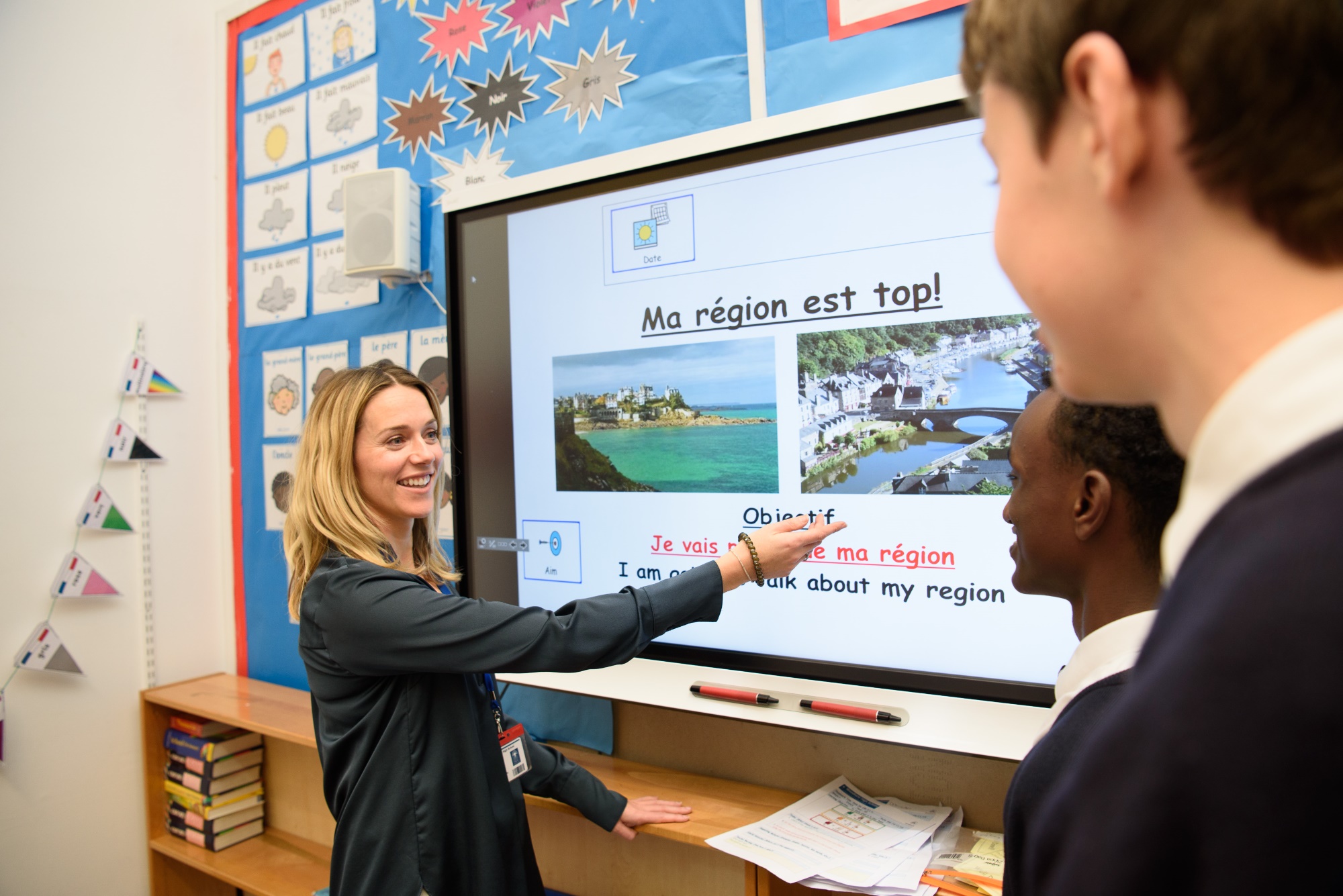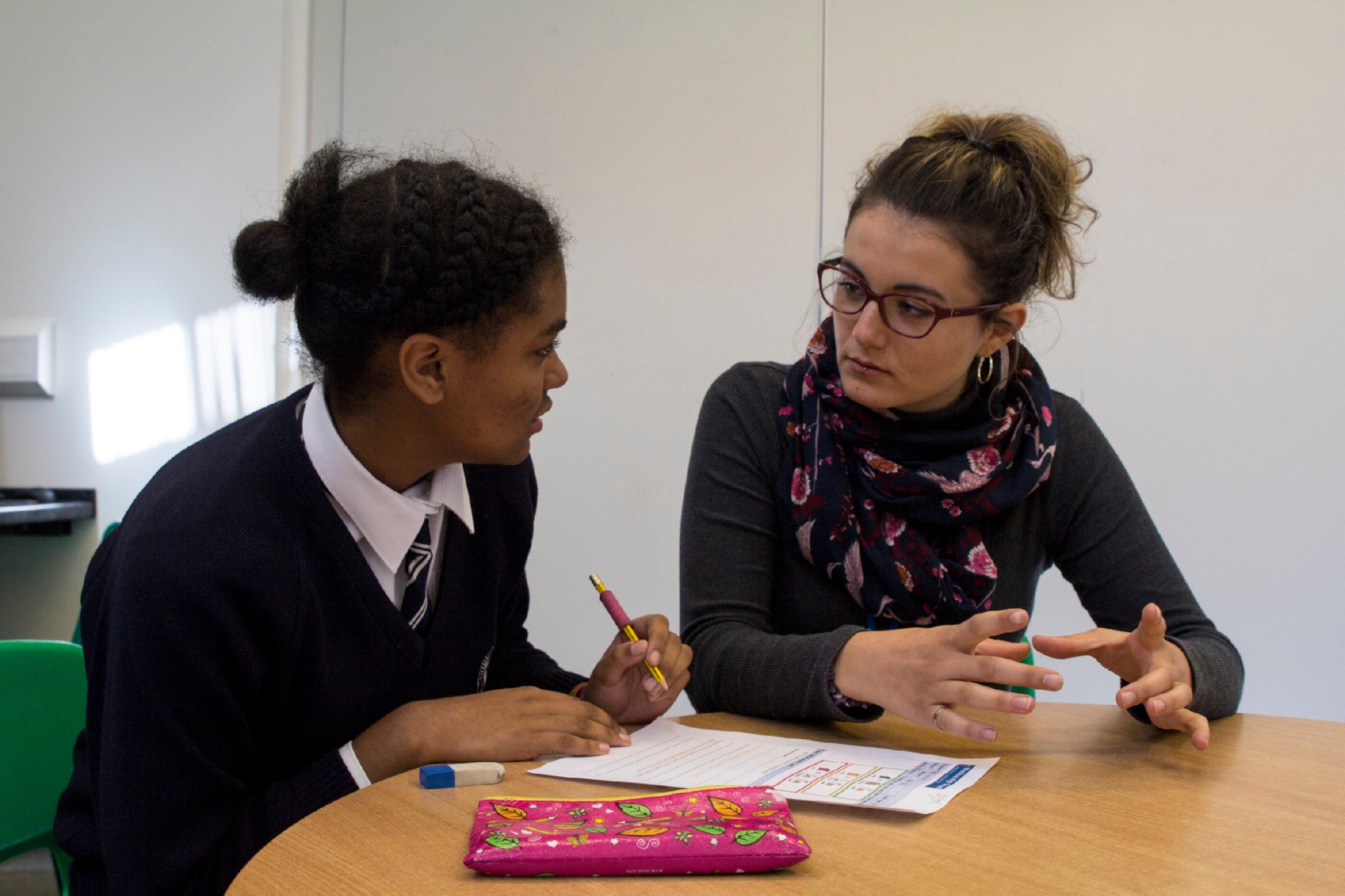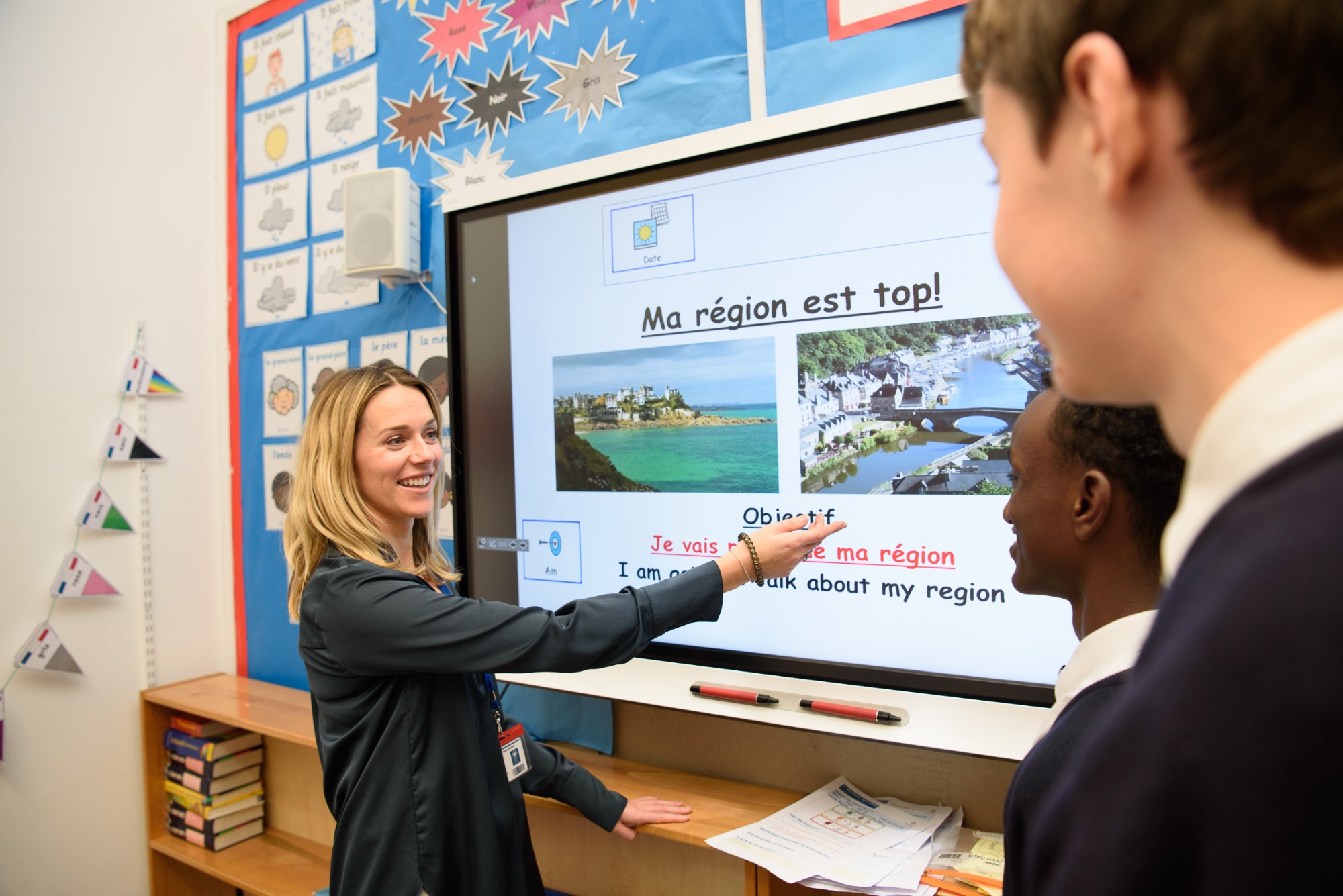16.37° clear sky
Spanish
 Navigate to the following curriculum areas using the topic buttons below:
Navigate to the following curriculum areas using the topic buttons below:
Rationale – What is the evidence base for selected strategies and curriculum choices?
Cultural Awareness
“Intercultural understanding: Learning a new language provides unique opportunities for pupils to explore national identities and become aware of both similarities and contrasts between the cultures of different countries, including their own” (Rachel Hawkes, 2019).
Pupils who attend Woodlane are more likely than most to have had limited experience and understanding of what life is like in a different country. At Woodlane, we are aiming to improve pupil’s cultural awareness whenever we can by making a link between the language they are learning and where it is spoken. “The practical application of intercultural understanding to language teaching and learning enables us as teachers to embed the language itself within a rich context of cultural knowledge that engages and motivates learners” (Rachel Hawkes, 2019). Improving their cultural knowledge can improve the way pupils communicate in the target language. How we raise cultural awareness can take many forms. In Spanish lessons for example, we learn about Spanish speaking countries, places and their traditions. We also learn about cultural norms, festivals and important events that take place in Hispanic countries. Each term, pupils have the opportunity to conduct their own research on the topic being studied. Trips are planned for pupils throughout the year including a visit to Barcelona, Spain. As Confucius said: “I hear and I forget. I see and I remember. I do and I understand.” Incorporating cultural awareness into lessons, has already had an impact on pupil motivation, outcomes and progress.
Spanish Phonics
Rachel Hawkes (2019) wrote an article for The National Centre for Excellence for Language Pedagogy (NCELP) and below are some of her findings regarding the benefits of teaching phonics to beginners.
- Teaching phonics develops phonological decoding (the ability to sound out accurately), and without explicit phonics teaching, decoding is limited.
- Decoding is positively associated with motivation and improves confidence in production (speaking and writing).
- Phonics teaching supports vocabulary learning, which is key to making progress in language learning.
- Decoding enables learners to access new language autonomously; learners can engage with vocabulary learning more successfully in and beyond the classroom.
- Without teaching the sound-writing relationship, teachers logically confine themselves to presenting vocabulary first orally to their beginner learners, and only subsequently provide the written forms, which limits variety in teaching methodology.
- Teaching phonics teaches the sound system; learners do not have enough exposure to become familiar with the sound system incidentally.
- The ability to sound out words accurately on first exposure supports errorless learning, avoiding an inaccurate initial representation which, if persistent, can lead to problems later.
- Accurate decoding may allow learners to see that a written word is in fact a word that they already know orally.
At Woodlane, we aim to develop pupils’ understanding of phonics at each key stage through use of phonic mats, phonetic choral repetition, reading aloud, songs, phonological awareness games, transcription and gapped dictation activities. This has thus far contributed to improved pronunciation, speaking and reading skills for many pupils.
MARS (EARS) Approach in MFL
The MARS (EARS) approach refers to “Modelling, Awareness-raising, Receptive processing, Structured Production, Expansion, Autonomy, Routinization and Spontaneity in MFL” (Gianfranco Conti, 2016). This approach focuses on how to get from modelling the target language to structured usage. Exposing language learners to the same structures repeatedly in different ways, helps learners process and retain more information. Gianfranco Conti and Steve Smith (The Language Teacher Toolkit, 2016) state that by using fun, gamified interactions to practice vocabulary and structures – it will lead to better structured production from pupils.
At Woodlane, we are developing our lessons to incorporate elements of this approach and tasks are planned to enable pupils to learn using activities taken from the Language Teacher Toolkit. For example, modelling and awareness raising activities include spot the missing word, translations, bingo, battleships listening. Structured production tasks may include dice translation, boardgames, find somebody who, noughts and crossing speaking tasks. To develop more autonomy and routinization, our more able pupils will be more creative with their work, for instance by creating posters, making videos or picture talk.
Intent – What is Woodlane aiming to achieve through its French and Spanish curriculum?
- To develop a love of language learning.

- To focus on communication for real purposes.
- To develop the four skills of listening, speaking, reading and writing.
- To acquire a good basic level vocabulary in Spanish.
- To develop an appreciation for different cultures.
- To engage pupils through multi-sensory lessons.
- To develop self-confidence.
- To ensure all pupils leave Woodlane with a Spanish qualification which reflects the best of their ability.
Implementation – How is the French and Spanish curriculum delivered?
Curriculum Delivery
- Pupils have full access to the Spanish National Curriculum which is differentiated to meet pupils’ learning needs and styles.
- The Spanish curriculum is designed to be challenging, appropriate to each pupil’s stage of development.
- The Spanish curriculum offers opportunities for cross-curricular learning, to ensure pupils make significant personal development, including:
- café trips/cinema trips;
- educational visits to Spain;
- SaLT strategies/Word Aware integrated in to teaching;
- communication development through role-plays and spoken language activities, i.e. presentations; and language games.
- use of ICT (MFL specific websites/software) to reinforce learning and provide opportunities for out of class learning; and to create own work.
- The KS3 Spanish curriculum is taught through 0.83 hours (average) contact time per week, (3% curriculum time).
- The KS4 Spanish curriculum is taught through 1.67 hours contact time per week (7% curriculum time).
- The Spanish curriculum is designed to build and expand on previous skills and subject knowledge, over a 5-year period. It also plans for opportunities for repetition to embed knowledge, increasing the chance of information recall and to integrate new knowledge into larger ideas.
- We offer two qualifications in Spanish, which are selected to appropriately challenge, based on each pupil’s stage of development, including:
- Edexcel Spanish (GCSE)
- Non-Qualification Spanish Units for learners below Entry Level (AQA Unit Award Scheme)
- The love of learning is incredibly important to us, we therefore also run a Language and Culture Theme Day, where pupils participate in exciting workshops with a variety of cross curricular activities.
- We provide additional extra-curricular activities at lunch time, including:
- GCSE Spanish speaking support
- Opportunities to support pupils with homework
- Duolingo / Quizlet lunchtime club
Teaching and Learning
- Our pupils are taught by subject specialists.
- Our Spanish Subject Leader is well qualified, possessing a PGCE in Secondary MFL and BA (Hons) in French and International Business Studies.
- The Spanish curriculum is differentiated broadly into 3 levels of challenge, ‘all’, ‘most’ and ‘some’. Further differentiation and personalisation is implemented when required.
- Spanish homework is provided on a standardised format and is differentiated to provide the appropriate level of challenge.
- In Spanish, we have a 3-tiered approach to supporting a pupil’s learning, including:
Universal – this is the teaching your child will receive from the Spanish subject teachers and will include adaptations to match learning needs. All classes:
- are supported by a teaching assistant (TA);
- have a maximum of 12 pupils per class to ensure there is a high level of support available from the teacher and TA;
- are multi-sensory;
- are dyslexia friendly;
- integrate speech, language and communication support; and
- are supported either directly or indirectly by speech and language therapists
Targeted – it may be appropriate to consider making additional short term special educational provision to remove or reduce any obstacles to your child’s learning. This takes the form of a graduated four part approach of a) assessing your child’s needs, b) planning the most effective and appropriate intervention, c) providing this intervention and d) reviewing the impact on your child’s progress towards individual learning outcomes.
Interventions may include:
- one to one support from specialist Spanish TA;
- specific GCSE intervention for targeted pupils; and
- termly Spanish targets.
Specialist – it may be necessary to seek specialist advice and regular long-term support from a specialist professional in order to plan for the best possible learning outcomes for your child.
Assessment
- Pupils collate Pupil Achievement Books, where they showcase their best work and progress over time in Spanish.
- Our bespoke Flight Path is used to track the progress of pupils in Spanish and determine expected outcomes from different starting points.
- Spanish teachers use a range of formative and summative assessment procedures to assess progress and attainment, including:
- daily marking;
- self/peer assessment;
- targeted questioning using iPads with teacher feedback
- informal/formal examinations;
- Spanish homework;
- Quizlet tasks;
- Mid/end of unit skill tests in listening, speaking, reading and writing and
- B-Squared etc.
Impact – What difference is the French and Spanish curriculum making on pupils?
- The vast majority of pupils meet or exceed their expected progress in Spanish.
- The vast majority of pupils meet or exceed their expected outcomes in Spanish (external qualifications).
- The vast majority of pupils who select Spanish as an option in KS4 leave Woodlane with one formally recognised Spanish qualification.
- Pupils leave well-prepared to use basic Spanish in real life contexts.
- All pupils develop their speaking and listening skills to interact with others.
- All pupils develop their writing skills and use of ICT.
- All pupils can work successfully in a team and will improve their self-confidence.
- All pupils improve their presentational skills.
* Please see annual SEF/SIP for further details.
